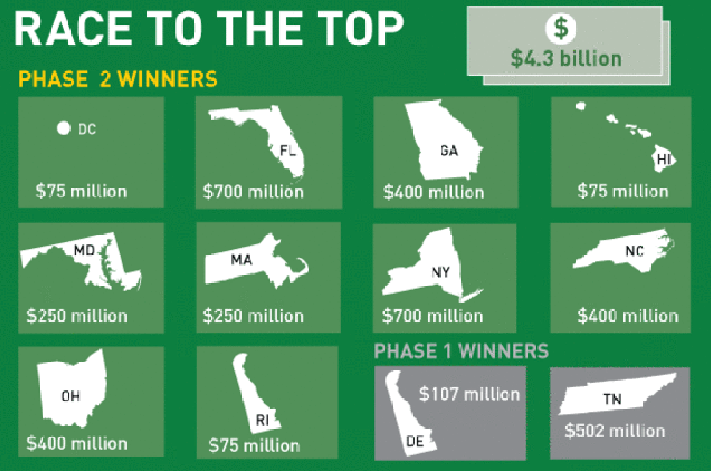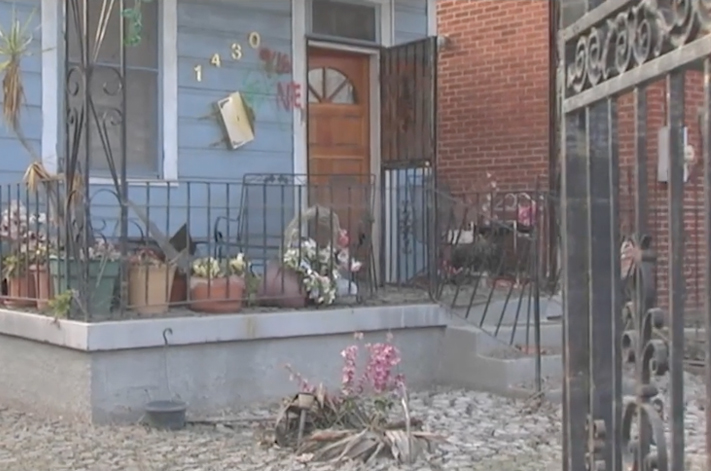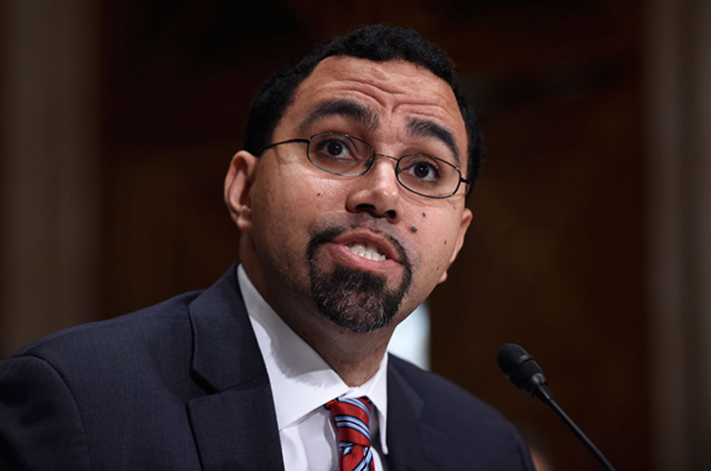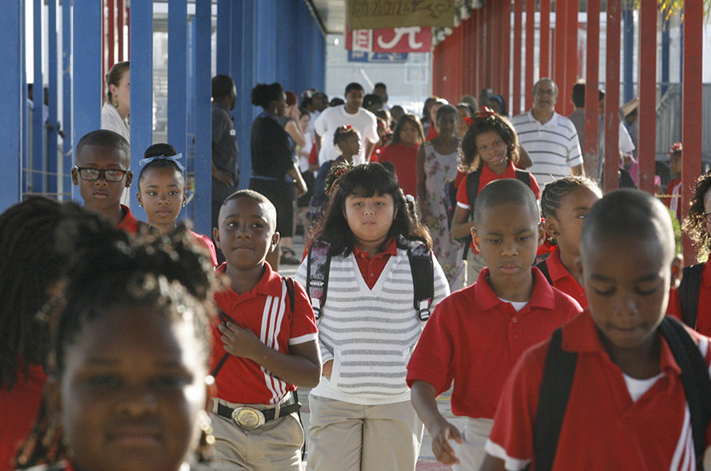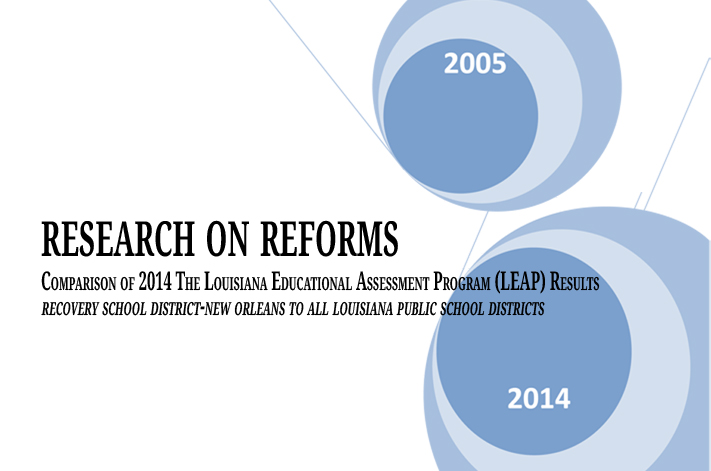Project Description
The Broader, Bolder Approach to Education (BBA) in partnership with the Economic Policy Institute released a comprehensive research report titled Mismatches in Race to the Top Limit Educational Improvement. The extensive study reveals a reality that is too often customary; in America we propose policies, pass Bills which mandate these, and do little to prepare. Too often legislation meant to secure future stability does everything to undermine it. Sadly, the most vulnerable, our children, are victims of our neglect.
The intent of the Obama Administration program Race To the Top was to encourage states to innovate educational systems. The competitive spirit and money were used as motivators. Apart from the veracity that funds were allocated in ways that felt more like punishment than reward decades of study were ignored. Money and the desire to win do not prompt us to produce. Acknowledging another for their work advances a sense of worth.
Please consider the human condition and what motivates us. After, plunge deeply into the nations dilemma as it expresses itself through education policies such as Race to The Top.
- Dan Ariely: What makes us feel good about our work?
Mismatches in Race to the Top Limit Educational Improvement
Lack of Time, Resources, and Tools to Address Opportunity Gaps Puts Lofty State Goals Out of Reach
By Elaine Weiss
Originally Published at The Economic Policy Institute September 12, 2013
Broader, Bolder Approach to Education
This is a report from EPI partner organization Broader, Bolder Approach to Education (BBA). To get a PDF of the report and find more BBA research, analysis and events, visit BoldApproach.org.
Executive summary
Race to the Top (RTTT) is a competitive grant program intended to encourage and reward states that are “creating conditions for innovation and reform.”.1 When the program was announced in July 2009, the U.S. Department of Education (U.S. ED) asserted that participating states and districts “will offer models for others to follow and will spread the best reform ideas across their States, and across the country” (U.S. ED 2009). The program’s purpose, according to the department, is to advance reforms in four main areas:
- Adopting standards and assessments that prepare students to succeed in college and the workplace and to compete in the global economy
- Building data systems that measure student growth and success and that inform teachers and principals about how they can improve instruction
- Recruiting, developing, rewarding, and retaining effective teachers and principals, especially where they are needed most
- Turning around the lowest-achieving schools
In reviewing applications, the Department of Education awarded points (maximum of 500) based on how well a state met requirements in six categories. The category Great Teachers and Leaders offered the biggest opportunity for points (a maximum of 138), followed by State Success Factors (125 points), Standards and Assessments (70), General Selection Criteria (55), Turning Around the Lowest-Achieving Schools (50), and Data Systems to Support Instruction (47 points)..2 An additional 15 all-or-nothing points could be awarded to states that promised to emphasize education around science, technology, engineering, and mathematics (STEM) through specific activities. The department advised states to set goals for performance and reforms that were “ambitious but achievable” (U.S. ED 2009).
To obtain points, states had to commit to specific changes:
- Develop teacher (and principal) evaluation systems that substantially rely on measures of student achievement and growth.3 States thus promised to develop strong data systems that would enable them to assess student progress and achievement and to evaluate teachers based in part on these data, using “value-added” measures that purport to assess teachers’ impact on student learning, distinct from other factors. These systems would eventually collect data based on the new, higher standards that states also had to adopt: 40 points out of the 500 were contingent on developing and adopting standards based on the Common Core State Standards, and RTTT is widely credited with spurring rapid adoption of the Common Core across almost all states (40 states competed in the first round of RTTT).
- Strengthen teacher preparation programs and improve access to and quality of professional development programs.
- Identify alternative routes to certification in order to remove barriers to teaching for potentially strong teachers who might be impeded by existing systems or processes.
- Identify and turn around the lowest-performing schools, using one of several strategies along the lines of federal school improvement grants. Strategies include firing the principal and/or much of the staff, turning the school over to a charter or other outside manager, or closing it altogether.
This report examines how adhering to these commitments has played out over the first three years of the grant period, and how much progress states have made toward meeting outcome goals. It focuses in particular on what has proven to be a major challenge for many states: the development and implementation of new teacher and leader evaluation systems.
Three years marks a critical time to assess the successes and challenges of RTTT so far. States are largely behind schedule in meeting goals for improving instruction and school and educational outcomes one year before funding ends. Many are experiencing substantial setbacks due to unrealistic promises and unexpected challenges. A critical analysis would enable policymakers to suggest adjustments to current implementation plans and shift the policy focus going forward so that problems are not replicated in other legislation. Such considerations are made even more critical by the adoption and initial implementation of the Common Core standards across all but a few states. The challenges that states are encountering holding schools and teachers accountable under the current standards are likely to grow as demands increase while time, staffing, and other resources remain flat or are further diminished.
One challenge to understanding the realities of Race to the Top implementation is the lack of information available. The U.S. Department of Education provides annual state-by-state reports, and the Center for American Progress (CAP) has produced two in-depth reports. While these reveal some of the challenges that states have encountered, few local leaders or groups that disagree with the initiative’s agenda or process have been consulted, and incorporating these voices into the review provides a more complete picture. Many national, state, and local media outlets have covered Race to the Top over the past three years, but fewer reporters cover education issues than in the past, and many reports merely repeat official statements and do not investigate on-the-ground realities or reveal major challenges.4 This report draws on the Department of Education, CAP, and media resources, but it supplements them with an email survey of the experiences of district superintendents from the RTTT states and over two dozen interviews with state and community education leaders.5 These leaders include parents, legislators, teachers, school board members, principals, superintendents, and state and local union officials. This analysis provides the most comprehensive picture to date of the successes and challenges of RTTT.
This assessment draws three main conclusions about Race to the Top after three years:
States made unrealistic and impossible promises
- With one exception, every grantee state promised to raise student achievement and close achievement gaps to degrees that would be virtually or literally impossible even with much longer timelines and larger funding boosts.
- Virtually every state has had to delay implementation of its teacher evaluation systems, due to insufficient time to develop rubrics, pilot new systems, and/or train evaluators and others.
RTTT policies fall short on teacher improvement and fail to address core drivers of opportunity gaps
- States have focused heavily on developing teacher evaluation systems based on student test scores, but not nearly as much on using the evaluations to improve instruction, as intended.
- Because state assessments tend to test students’ math and reading skills, attention has been focused mostly on those subjects, potentially to the detriment of others. States have also struggled to determine how to evaluate teachers of untested subjects and teachers of younger students, a critical issue, given that they constitute the majority of all teachers.
- While some states have developed smart strategies to recruit talented professionals to teach subjects and/or teach in schools that are underserved, the vast majority of alternative certification money and effort has gone to bringing young, largely uncredentialed novices to teach in disadvantaged schools.
- Districts heavily serving low-income and minority students, especially large urban districts, face some of the most severe challenges. Tight timelines and lack of resources compound RTTT’s failure to address poverty-related impediments to learning. Heightened pressure on districts to produce impossible gains from an overly narrow policy agenda has made implementation difficult and often counterproductive.
RTTT shortcomings have spurred state–district and union–management conflicts that hinder progress
- The tight budgets that led many states to apply for RTTT funding have proven problematic as state education budgets, and staff, are reduced just as more resources and experts are needed.
- While states have worked hard to reach out to local education agencies (LEAs) to secure their participation—a main requirement for RTTT funding—districts increasingly protest state micromanagement, limited resources, and poor communications.
- The heavy focus on evaluation and punishment over improvement has made teachers, principals, and superintendents suspicious and has reduced support for RTTT.
- States and districts that laid strong foundations for change, including making teachers real partners, and making union–management collaboration fundamental to the success of reform, have seen the most progress, have encountered the fewest bumps, and seem more likely to sustain gains. District and school culture, which varies tremendously within and across states, also plays a role in
